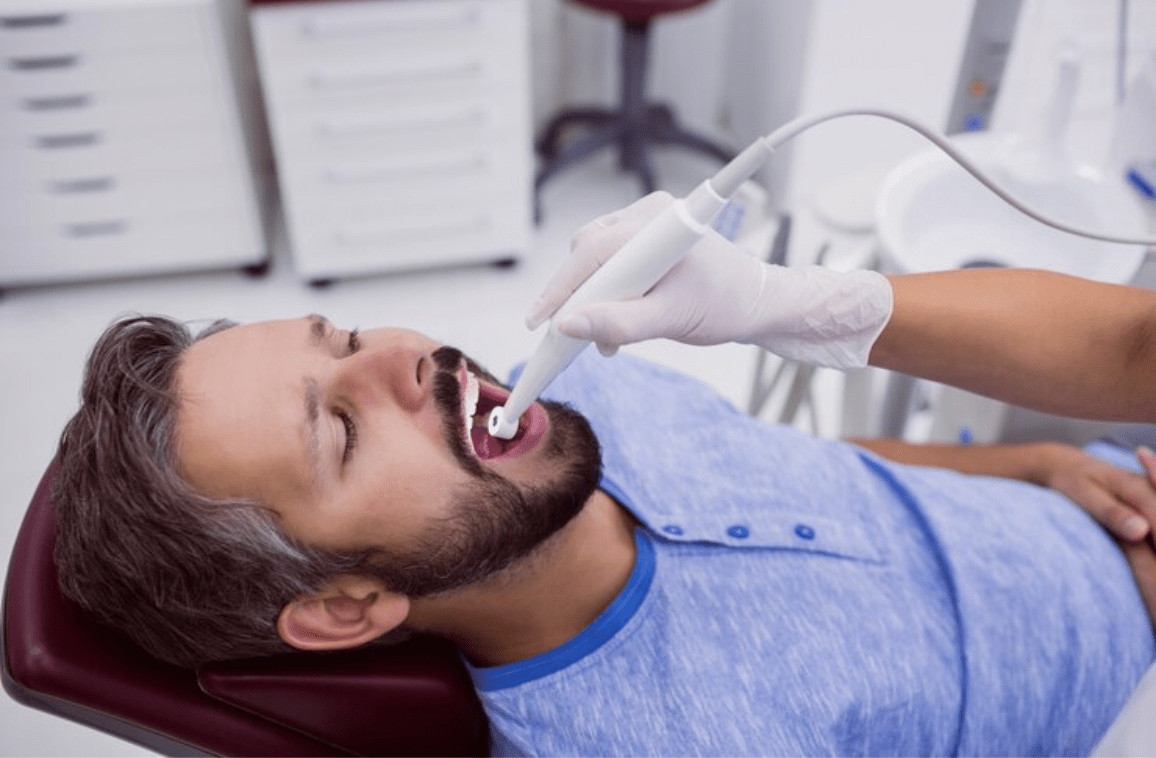Dentists do use root canal treatment if the tooth is badly decayed. Patients undergo RCT, although they are keen to know more about it.
Several questions emerge in mind about ‘root canal treatment’. These questions are often in the form of doubt, which needs to be clarified.
How do I know if I need an RCT?
If there is no pain during the early stages of infection, the patient may not feel the need for RCT. In a few cases, the tooth may darken in color, which could mean that the blood supply to the tooth is dying.
It is important to realize that there may not be any symptoms in the early stages of infection, and every tooth will respond differently when it comes to tooth decay.
Root canals are required in a tooth with a deep cavity or secondary infection beneath a pre-existing filling, or in a tooth cracked from injury or even perhaps genetics.
Few symptoms requiring root canal treatment:
- Lingering sensitivity to hot and/or cold food as well as sweets, even after the sensation has been removed.
- Throbbing pain while chewing or perhaps biting.
- Pain that worsens when a person lies down.
- Tooth pain that does radiate to the head and also ears.
- Pimples on the gums or swelling around the tooth.
- A chipped or even cracked tooth.
- Deep decay or darkening of the gums.
Does root canal treatment (RCT) hurt?
A root canal treatment will, of course, be performed after administering local anesthesia, which makes the tooth numb. Make sure you eat a light meal prior to visiting for treatment. Advice will be given against chewing and biting until the numbness wears off.
How many sittings does a root canal treatment take?
The use of modern tools, the latest technology, and the expertise of the doctors make it possible to complete a root canal treatment in a particular visit. This is referred to as a single-seat RCT. In a few situations, if there happens to be an active infection in the tooth and it is not feasible to complete the treatment in one sitting, then it is completed in about 2 or 3 sittings, depending on the tooth’s condition.
Can I get back to my normal routine after getting my root canal treatment?
Although numbness will be there for approximately 30–90 minutes following the procedure, most patients are in fact able to return to school or work directly following a root canal treatment. Yet, it is advised against eating for one to two hours until numbness has completely gone to avoid biting one’s lip or tongue.
Isn’t it a better option to get the infected or painful tooth extracted instead?
There is nothing like one’s natural tooth! In the case of extraction, it is possible to get it replaced by either a fixed tooth in the form of an implant or even a bridge to restore chewing function. In order to avoid the adjacent or opposing teeth from shifting into that space. These procedures do cost more than endodontic treatment and appropriate restoration.
How do I take care of my root canal-treated tooth?
It is essential that patients take adequate care of their teeth following a root canal treatment in order to prevent further damage to the tooth, gums, or surrounding teeth.

After an RCT, patients need to:
- Brush their teeth twice a day with fluoride toothpaste.
- Floss teeth daily (especially around the treated tooth as well as the crown region).
- Schedule regular dental appointments to check dental health.
Why place a cap over the root canal-treated tooth?
All the teeth that undergo root canal treatment do not really require caps or crowns. The teeth, which happen to have lost significant tooth structure due to caries or fracture and have indeed become weak to the extent that they are more likely to break or even fracture with the application of chewing forces, are given a crown or cap to reinforce their strength and thus prolong their functional life.
Conclusion
Root canal treatment is a professional approach to dental care. Patients do undergo RCT if their tooth is in bad condition.

